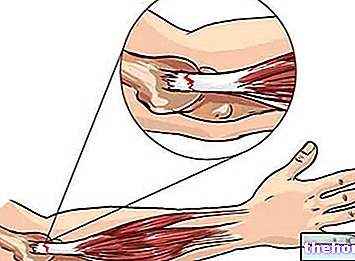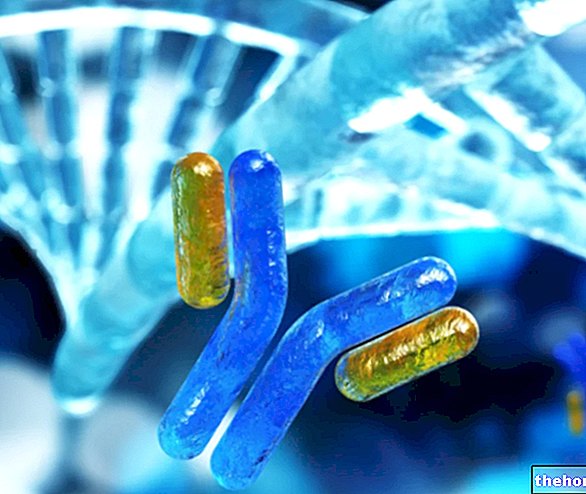Transcutaneous administration is mainly based on the topical application of the pharmaceutical form. The most used for this type of administration are oily substances, creams, ointments, powders, lotions and sprays.
Routes of Administration
- ENTERAL
- Oral
- Sublingual
- Rectal
- PARENTERALS
- Intravenous
- Intramuscular
- Subcutaneous
- INHALATION
- TRANSCUTANEOUS
Thanks to these pharmaceutical forms it is possible to obtain a local effect (drug that is not absorbed) or a systemic effect (drug with characteristics suitable for absorption).
The transcutaneous route of administration can be used for anticinetosics (drugs to combat movement sickness), but also for all those drugs that must not be degraded by the first hepatic passage, thus arriving unscathed at the site of action (for example the nitroglycerin used against angina pectoris).
The absorbent surface of the skin (in adults) is approximately 1.7 m2.
Thanks to particular characteristics suitable for absorption (lipophilicity) and to the openings found on the skin, for example the hair follicles or sweat glands, the drug is able to pass through the skin. Once the drug passes into the dermis it is introduced into the skin. bloodstream.
The administration of a medicine through the skin offers important and exclusive advantages:
- direct application in the anatomical area affected by the pathology;
- possibility of introducing the active ingredient, without excipients;
- absorption in the specific anatomical area in a much higher quantity than that absorbed systemically.
Skin absorption can be determined thanks to the FICK LAW, which we will illustrate later with the aspects of absorption. Very important to create a pharmaceutical form is the choice of the most suitable vehicle, in which the active principle is dissolved or suspended, in order to obtain a stable pharmaceutical form. Another feature that the vehicle must possess, in addition to being very suitable for dissolving the active ingredient, is the ability to release the same when it comes into contact with the skin layer. In fact, if the active ingredient is too stable in the pharmaceutical form, it is unlikely it will be released into the stratum corneum.
The bioavailability of the transcutaneous route therefore depends on numerous factors:
- type of formulation applied to the skin
- chemical-physical characteristics of the drug
- condition of the skin
- variability in skin thickness
- permeability of the skin region (the smaller the thickness, the greater the permeability and vice versa). For example, the sole of the foot and the palm of the hand have a greater thickness than other parts of the body.
Other articles on "Transcutaneous route of administration"
- Inhalation route of administration
- Absorption of a drug




























